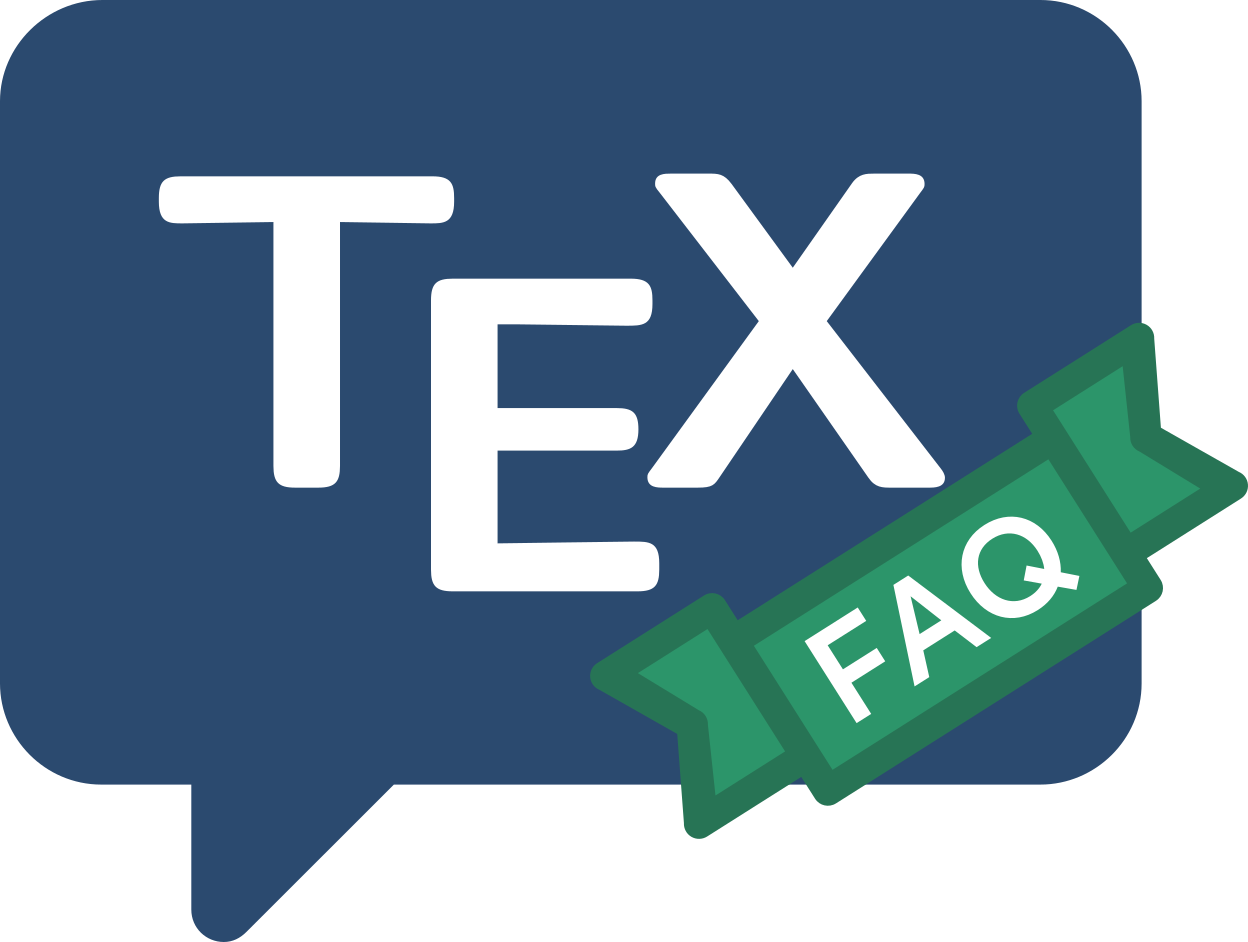
Frequently Asked Question List for TeX
Concepts
Unicode and TeX
Unicode is a character code scheme that has the capacity to express the text of the languages of the world, as well as important symbols (including mathematics). Any coding scheme that is directly applicable to TeX may be expressed in single bytes (expressing up to 256 characters); Unicode characters may require several bytes, and the scheme may express a very large number of characters.
For “old-style” applications (TeX or pdfTeX) to deal with
Unicode input, the sequence of bytes to make up Unicode character are
processed by a set of macros that deliver a glyph number in an
appropriate font. The macros that read these bytes is complicated,
and manifests as utf8 option for the LaTeX distribution
inputenc package; the coverage of that option is limited to
Unicode characters that can be represented using “LaTeX standard
encodings”. Current LaTeX releases, since 2018 default to a processing
equivalent to \usepackage[utf8]{inputenc}.
The separate package ucs provides wider, but
less robust, coverage via an inputenc option
utf8x. As a general rule, you should never use
utf8x until you have convinced yourself that
utf8 can not do the job for you.
“Modern” TeX-alike applications, XeTeX and LuaTeX read their input using UTF-8 representations of Unicode as standard. They also use TrueType or OpenType fonts for output; each such font has tables that tell the application which part(s) of the Unicode space it covers; the tables enable the engines to decide which font to use for which character (assuming there is any choice at all).
FAQ ID: Q-unicode
Tags: unicode–luatex–xetex
Last updated: 2018-05-27